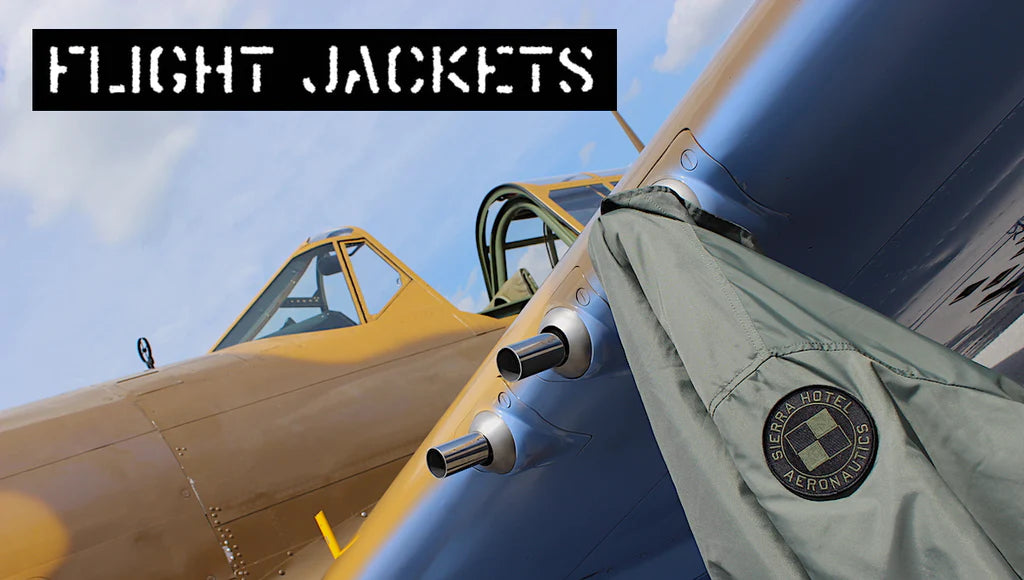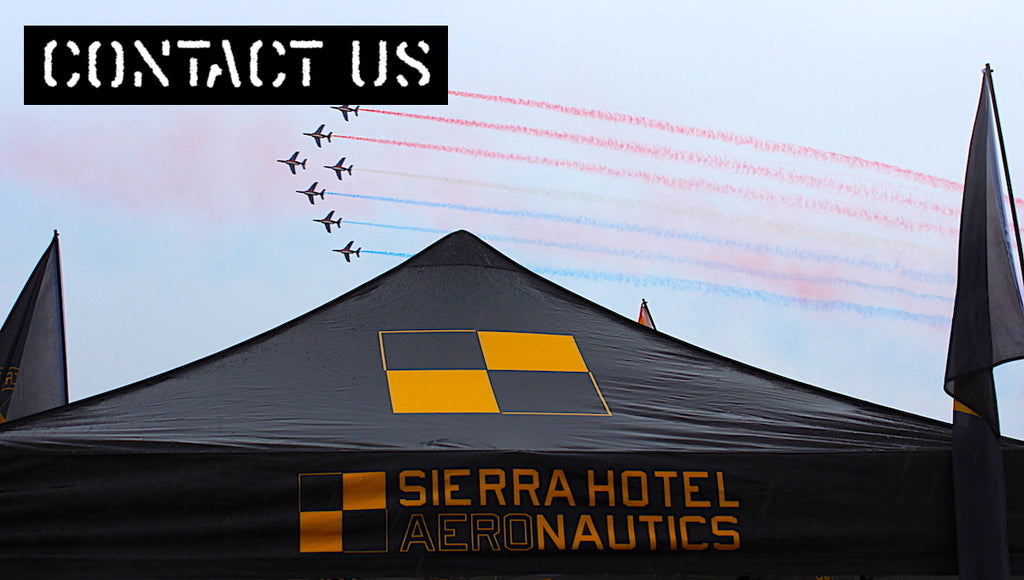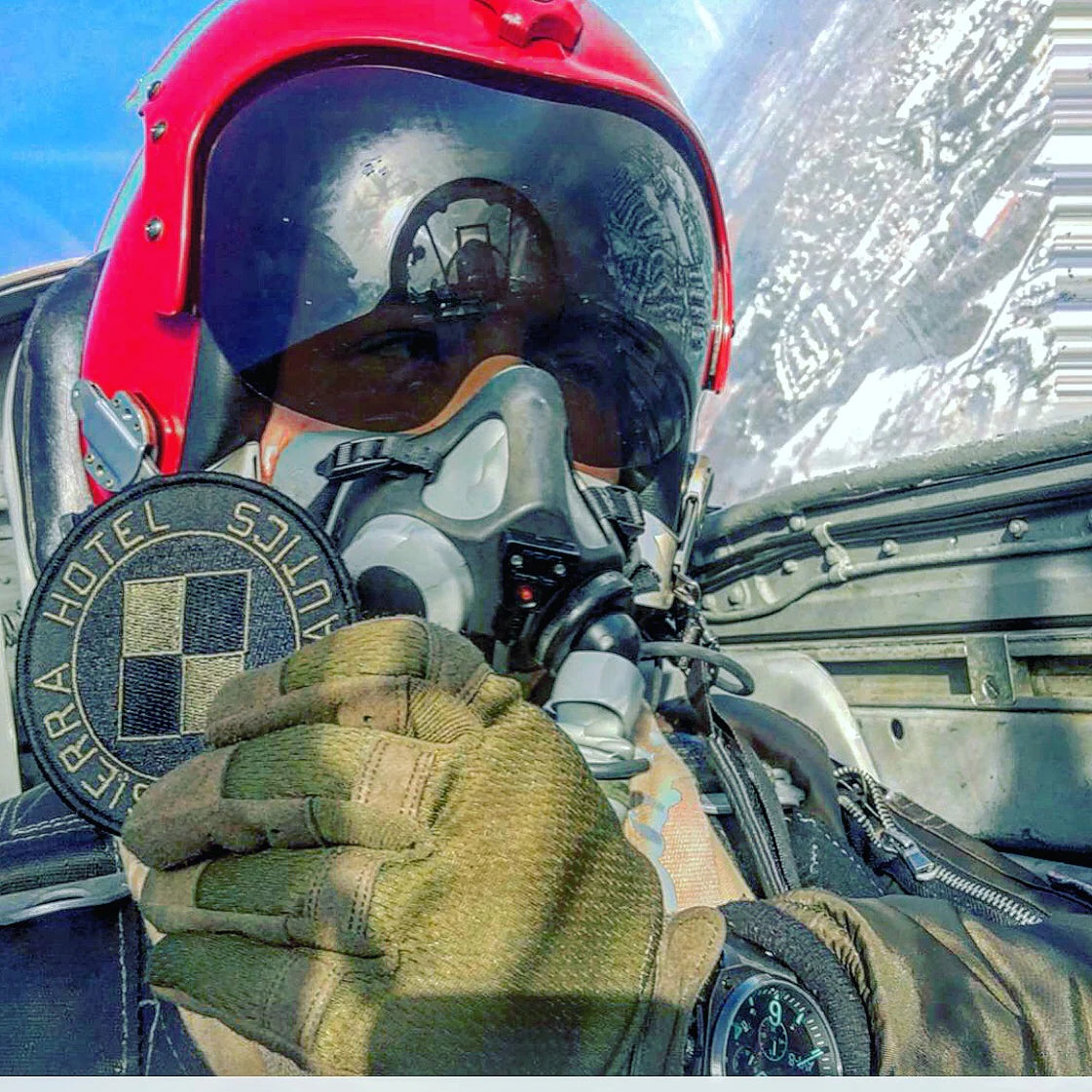"CZAR 52"

Friday, June 24th,1994, a USAF B-52 crashed at Fairchild Air Force Base, Washington, after the pilot, Lt Col Arthur “Bud” Holland, maneuvered the bomber well beyond its operational limits and lost control. The aircraft stalled, fell to the ground and exploded, killing Holland and the other three USAF officers aboard. The accident board ruled Bud Holland's personality significantly influenced the crash sequence. USAF personnel testified that Holland had developed a reputation as an aggressive pilot who often flew below minimum clearance altitudes and exceeded bank angle limitations, climb rates and other operational aircraft limitations. The crash is now used in military and civilian aviation environments as a case study in teaching CRM. It is also often used during aviation safety training as an example of the importance of safety regulations compliance, and correcting the behaviour of anyone who violates safety procedures.
Holland had a long history of aggressive flying that made his fellow crew members unwilling to fly with him while he was in command of an aircraft:
Summer of 1991, Holland orbited his B-52 above his daughter's softball game. Beginning at 2,500 feet AGL, Holland pushed his nose over into an 80° bank and dropped it into a spiral, recovering at approximately 100agl according to witnesses.
On May 19th, 1991 air show at Fairchild, Holland was the command pilot of the B-52 aerial demonstration flight. During the demonstration, Holland’s aircraft violated several regs, including exceeding bank and pitch limits and flying directly over the air show spectators.
On 12 July 1991, Holland commanded a B-52 for a "flyover" during a change of command ceremony for the 325th Bomb Squadron at Fairchild. During both practice and the flyover, Holland’s B-52 passed lower than 100 feet over ground level, and performed a 45° turn, and executed a wingover. The wingover was not specifically prohibited.
August 8th, 1993 Fairchild air show, Holland once again commanded the B-52 demonstration flight. The demonstration included a pitch climbing maneuver in excess of 80° nose high. The climb was steep enough to allow fuel to flow out of the vent holes from the aircraft’s wing tanks.
On 10 March 1994, Holland commanded a single-aircraft training mission to the Yakima Bombing Range to provide an authorized photographer an opportunity to document the aircraft as it dropped training munitions. The minimum aircraft altitude permitted for that area was 500 feet AGL. During the mission, Holland’s aircraft was filmed crossing one ridgeline about 30 feet above the ground. According to fellow crew members, a second ridgeline was cleared by only 3 feet. The co-pilot on Holland's aircraft testified that he grabbed the controls to prevent Holland from flying the aircraft into the ridge while the aircraft's other two aircrew members repeatedly yelled at Holland: "Climb! Climb!" Holland responded by laughing and calling one of the crew members "a pussy".
After that mission, the crew decided that they would never again fly with Holland and reported the incident to the bomb squadron leadership. The squadron commander, Lieutenant Colonel Mark McGeehan, reported the incident and recommended that Holland be removed from flying duty. Unfortunately, Holland was not removed from flying duty. Commander of the 325th Bomb Squadron, Lt Col Mark McGeehan then decided that in order to protect his aircrews, he would be the co-pilot on any future missions in which Holland was the command pilot.

On the 24th of June, 1994, Czar 52 a USAF B-52H bomber crew at Fairchild Air Force Base prepared to practice for the upcoming air show. The crew consisted of pilots Lt Col Arthur “Bud” Holland (46 years old), Lt Col Mark McGeehan (38) who true to his word, took the position of Co-pilot, Col Robert Wolff (46) safety officer, and weapon systems officer/radar navigator Lt Col Ken Huston. Holland was the designated command pilot for the flight.

The B-52 took off at 13:58 and completed most of the mission's elements without incident. Upon preparing to execute the touch-and-go on Runway 23 at the end of the practice profile, the aircraft was instructed to go around because a KC-135 had just landed and was still on the runway. Maintaining an altitude of about 250 feet AGL, Holland requested permission to execute a 360° left turn, which was immediately granted by the tower controller. The B-52 then rolled into the 360° left turn at 182kts around the tower starting from about the midfield point of the runway. Located just behind the tower was an area of restricted airspace, reportedly because of a nuclear weapons storage facility. Apparently, to avoid flying through the restricted airspace, Holland flew the aircraft in an extremely tight, steeply banked turn while maintaining the low, 250-foot altitude.

Eight seconds before impact, the aircraft’s IAS had deteriorated to 145 knots. At this time Holland or McGeehan applied full right spoiler, right rudder, and nose-up elevator to counter the impending stall. At 14:16, the aircraft rolled past 90°, and departed from controlled flight, hitting the ground near the Nuclear weapons storage area, exploding and immediately killing all four crew members.

McGeehan was seated in an ejection seat, but according to the medical statement, he had only "partially ejected at the time of impact"; it does not state whether or not he cleared the aircraft. Huston was also seated in an ejection seat and the medical statement indicated that he had not initiated the ejection sequence. Wolff’s seat was not ejection-capable. No persons on the ground were injured.
Squadron commander, Lieutenant Colonel Mark McGeehan’s wife and two youngest sons were watching from the backyard of McGeehan’s living quarters, located nearby.
The flight was Col Robert Wolff’s “fini flight” – the tradition in which a retiring USAF aircrew member is met shortly after landing on his or her final flight at the airfield by relatives, friends and coworkers, and doused with water. Because of this, Col Robert Wolff’s wife and many of his closest friends were at the airfield to watch the “Fini” flight and participate in the post-flight ceremony celebrations.














Same thing happened to a USAF C17 few years later,
Leave a comment